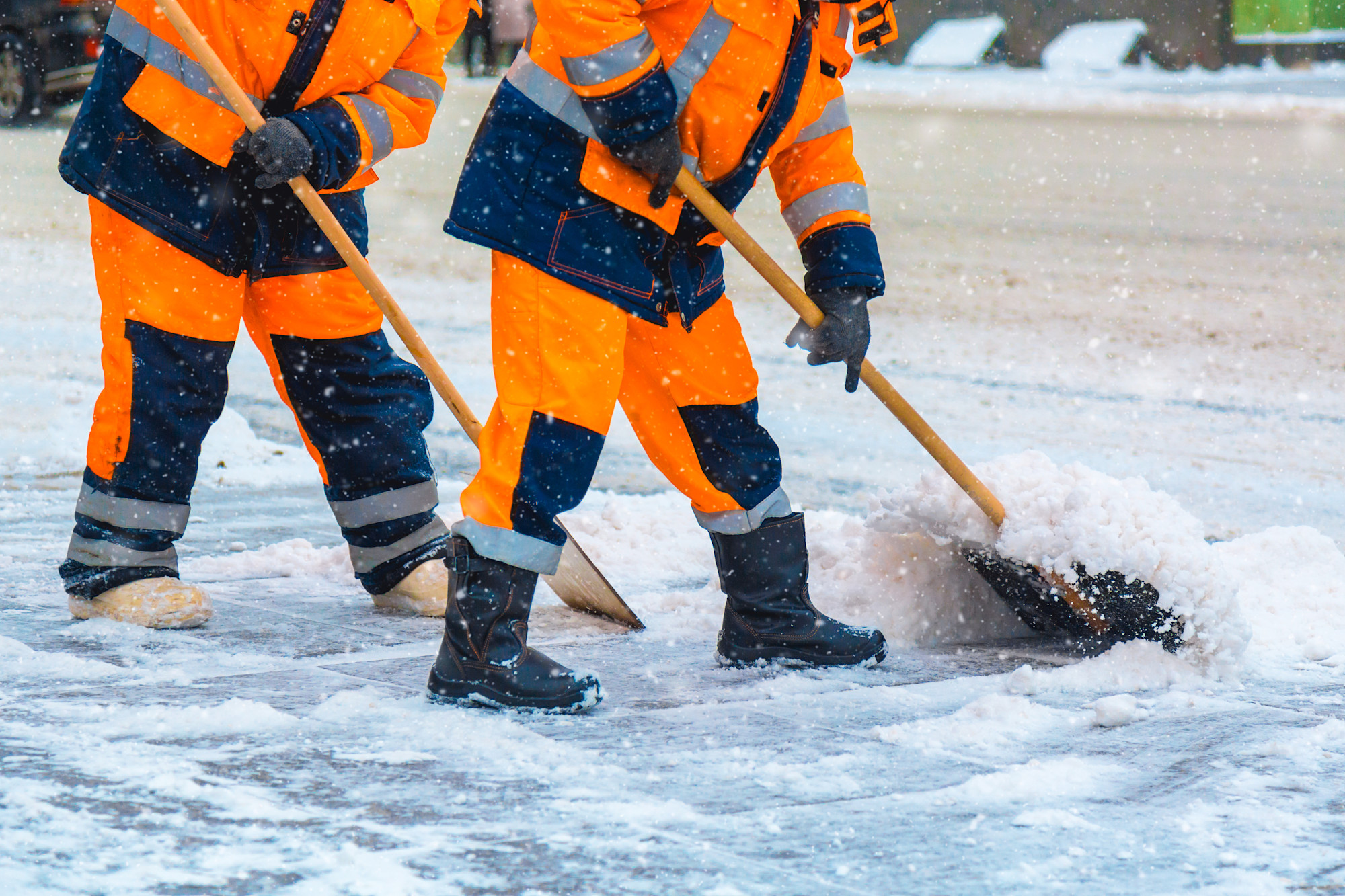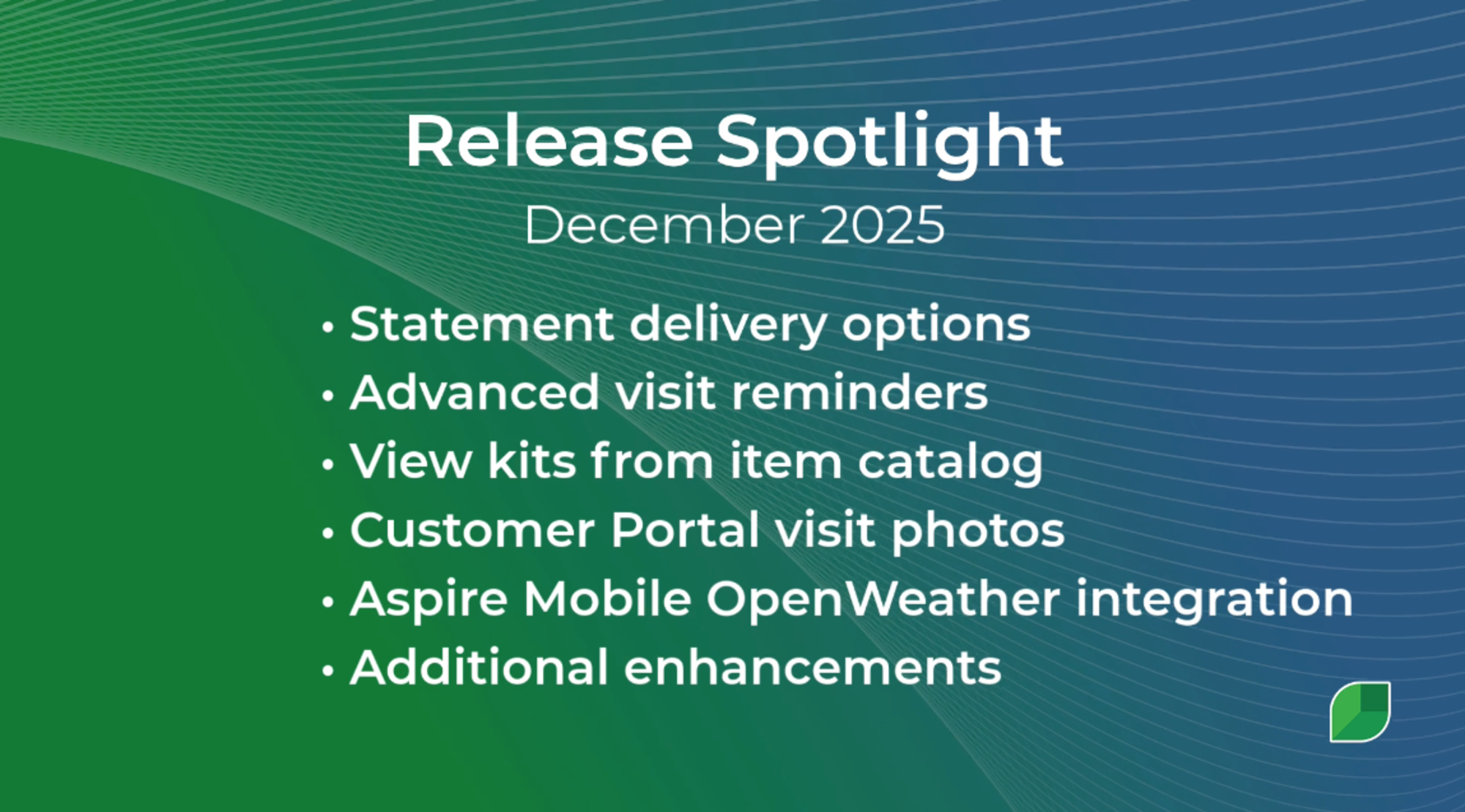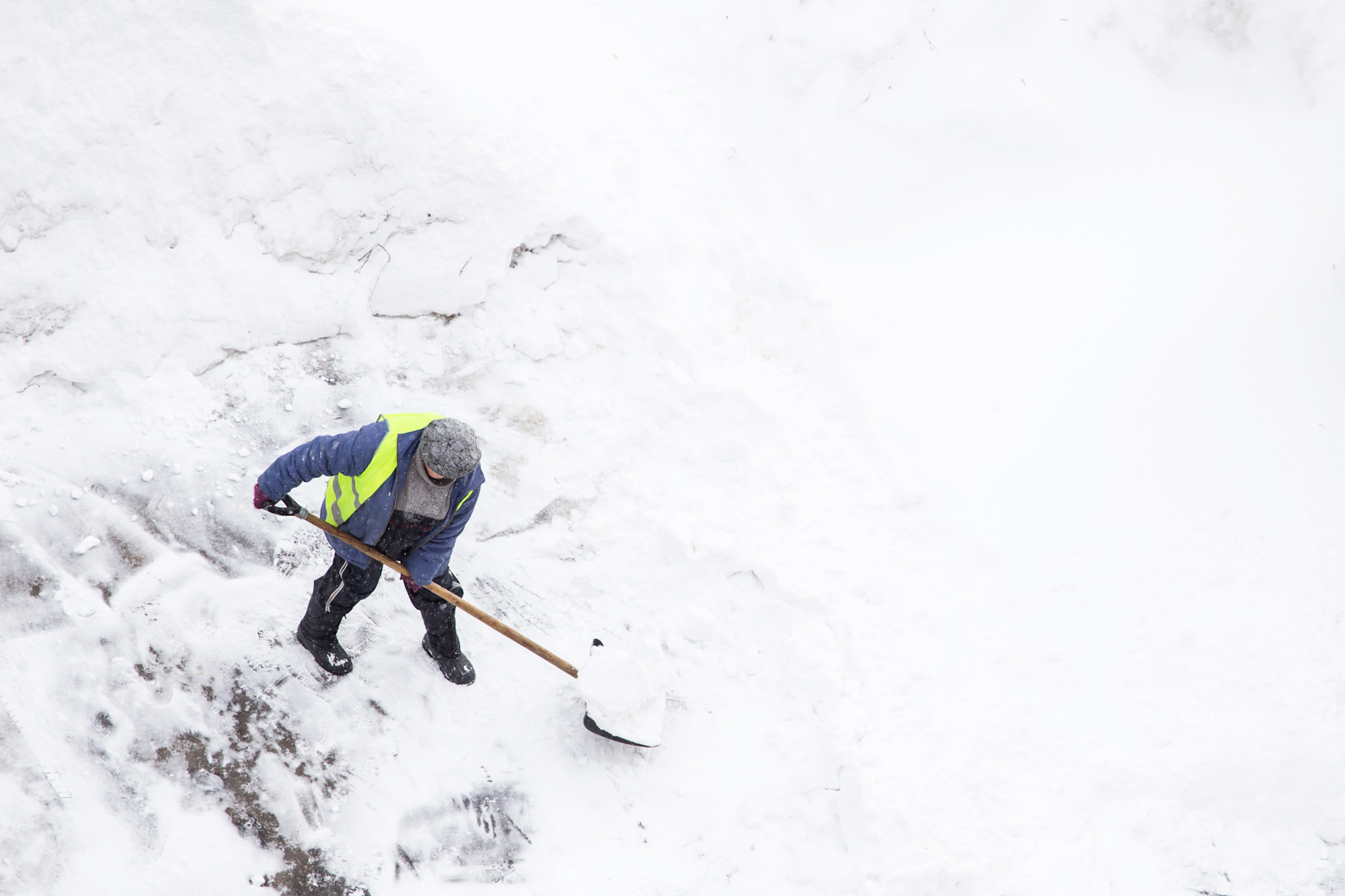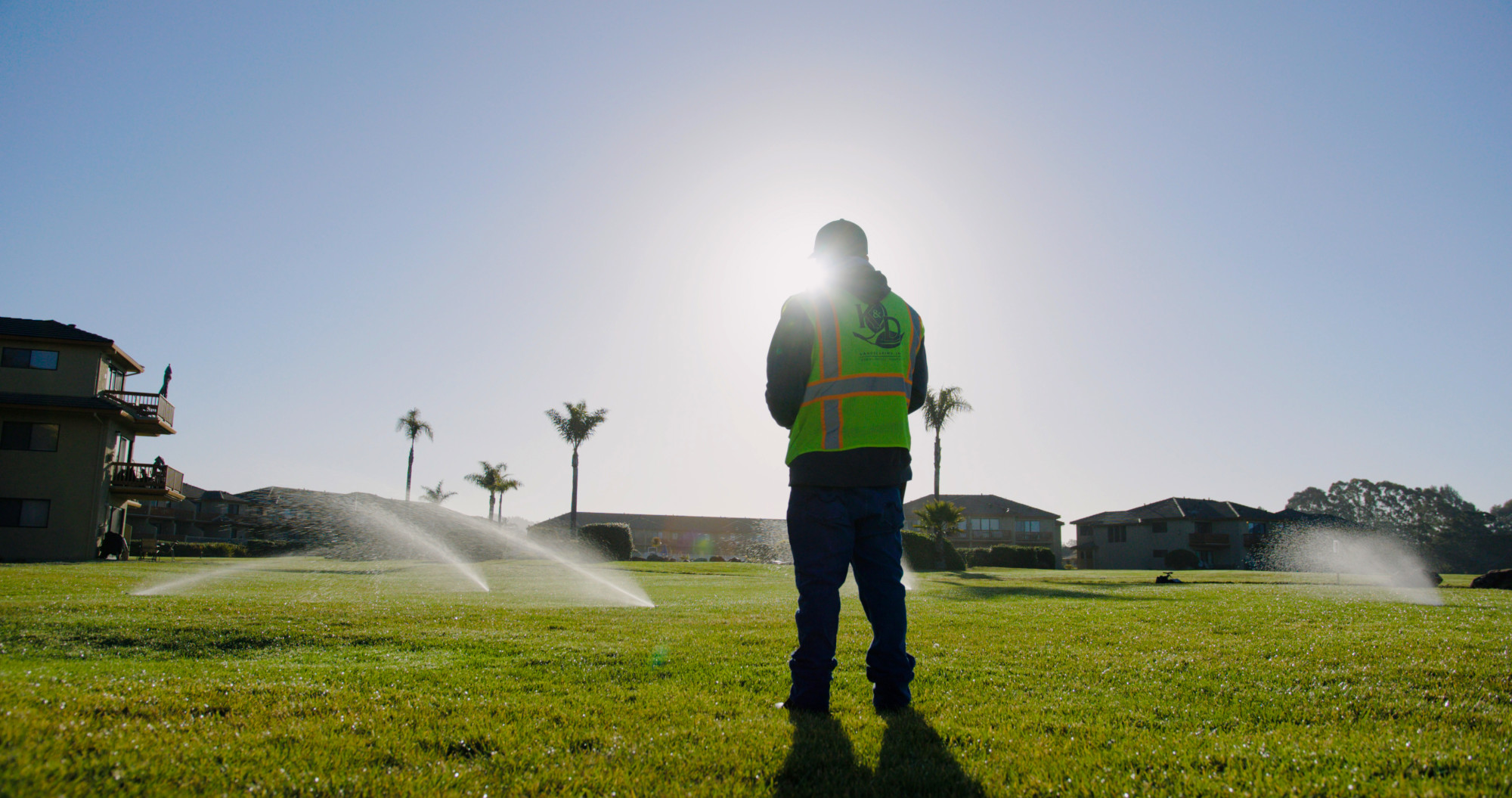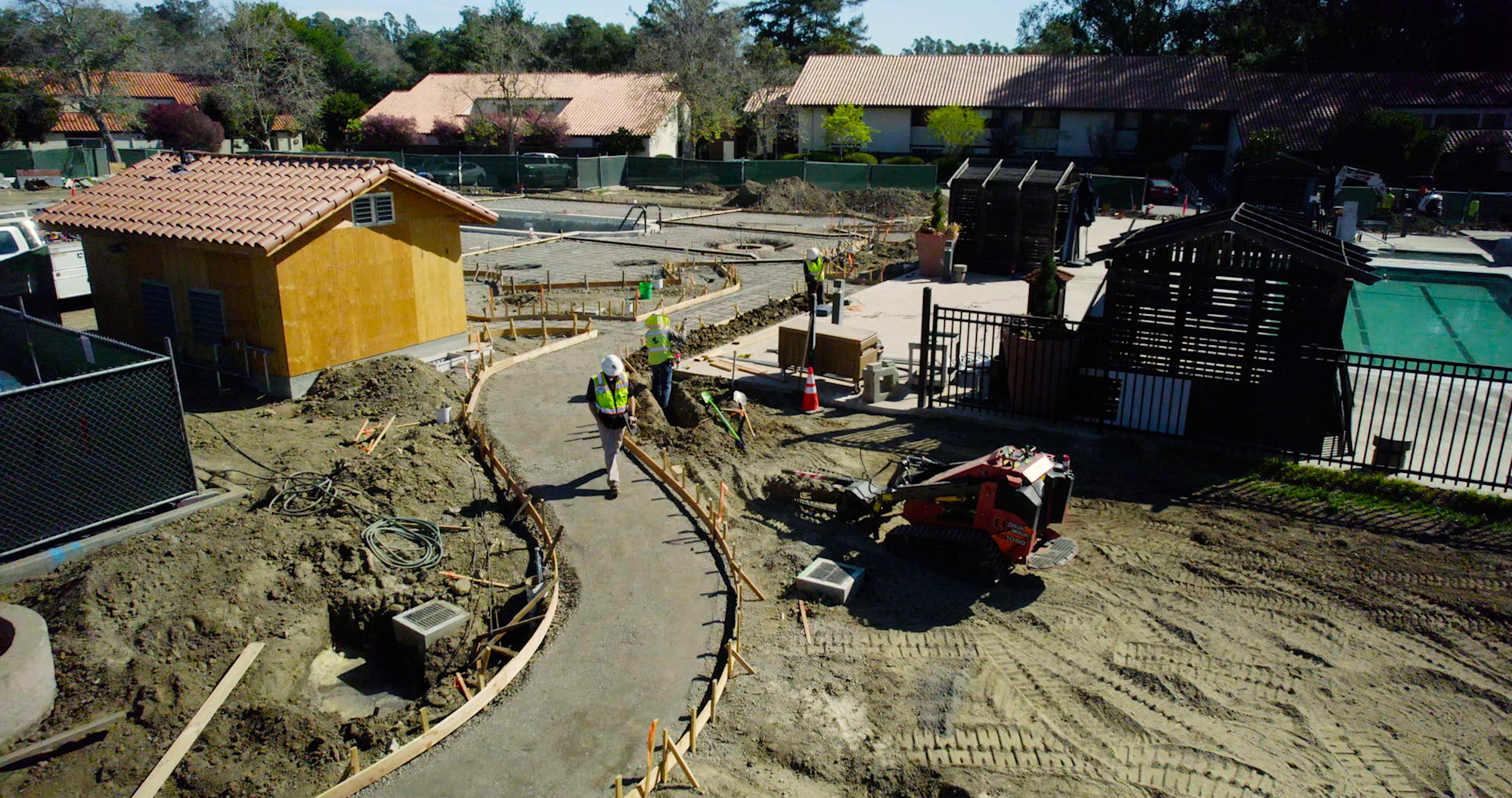Table of Contents
Snow season: the time of year when your phone buzzes nonstop, it’s impossible to find crews mid-shift, and that shovel you swore was in the truck mysteriously disappears.
It's 3 a.m., and the storm hit harder than forecasted.
You've got 47 properties to clear before sunrise, and your third crew leader just texted that the plow broke—again. Welcome to the most wonderful time of the year for snow removal businesses.
But here's the thing: snow season is more than just clearing parking lots and sidewalks.
It's about surviving the mental and logistical storm that comes with unpredictable weather, demanding clients, exhausted crews, and equipment that seems to break down at the worst possible moments. The stress is real, the hours are brutal, and the margin for error feels microscopic.
The good news? It doesn't have to be a complete nightmare.
With the right combination of practical strategies and tech-powered solutions, you can navigate the snow season without losing your sanity, your shovel, or your profitability.
Whether you're a seasoned snow removal veteran or preparing for your first full season, these survival tactics will help you stay organized, keep crews motivated, and actually maintain some semblance of work-life balance when Mother Nature decides to dump two feet of snow on your service area.
The Chaos Is Coming (Cue Dramatic Music)
Let's be honest: snowstorms are fundamentally unpredictable, which makes planning feel like an exercise in futility.
But here's the paradox—because storms are unpredictable, planning becomes absolutely non-negotiable. The businesses that survive the snow season intact are the ones that prepare for chaos before it arrives.
Snow season is basically Mother Nature's way of running her own reality show, complete with plot twists, unexpected drama, and eliminations (usually of equipment, patience, or crew members who decide snow removal "isn't for them" mid-season).
The stress triggers are predictable even when the weather isn't.
Everyday stress triggers that keep snow removal operators up at night:
Equipment failures mid-storm: Your primary plow decides that 2 a.m. during a blizzard is the perfect time to quit. Backup equipment is already deployed, and rental companies aren't answering their phones because everyone else is in the same boat.
Crews miscommunicating or skipping jobs: One crew thinks another team handled a priority client. Spoiler alert: nobody did, and now the client is calling your personal cell phone, threatening to cancel their contract and leave a one-star review visible from space.
Clients calling every 20 minutes: "Are you here yet?" "When will you arrive?" "The weather app says the snow stopped 10 minutes ago. Why isn't my lot clear?" Meanwhile, you're managing 50 other properties and questioning every life decision that led to this moment.
Route inefficiencies that burn time and money: Crews zigzagging across town because nobody planned efficient routes, burning fuel and labor costs while properties sit unserviced.
Fatigue-related mistakes: After 16-hour shifts for three days straight, even your best crew members are making judgment errors that create safety risks and service quality issues.
The mental toll is just as brutal as the physical demands.
Snow removal operators routinely work 20+ hour days during active storms, managing logistics while dealing with sleep deprivation, constant decision-making under pressure, and the nagging fear that you've forgotten something critical.
It's exhausting, and without proper systems in place, it's unsustainable.
Build a Blizzard-Proof Schedule
Efficient scheduling isn't just a nice-to-have during snow season—it's the difference between profitability and disaster.
Every minute your crews spend driving between jobs unnecessarily is money lost to fuel, labor, and opportunity costs. Less overtime and faster service delivery start with intelligent route planning before the first flake falls.
Randomly assigning jobs in a snowstorm is like tossing darts blindfolded—except darts don't cost $500 per hour in fuel and labor. Yet many snow removal businesses still operate this way, dispatching crews reactively based on which client calls loudest rather than which route makes operational sense.
Build blizzard-proof scheduling with:
Pre-planned routes organized by geographic zones
Priority tiering based on contract terms
Crew assignments that match skill level to job complexity
Buffer time for the inevitable surprises
Flexibility to reassign on the fly
This is where modern scheduling and dispatch tools, such as Aspire, become invaluable.
Instead of juggling phone calls, group texts, and handwritten notes while managing a storm, you can assign jobs based on crew location and job priority through a centralized platform.
When a crew finishes early or conditions change, reassigning work takes seconds rather than minutes of phone tag while the clock ticks and snow accumulates.
Aspire's GPS tracking integration through Azuga provides real-time visibility of crew locations, enabling informed routing decisions based on actual positions rather than guesswork. You'll know if a crew is 10 minutes from a priority client or stuck on the other side of town. That visibility transforms scheduling from guesswork into strategic deployment.
The time savings compound quickly.
Shaving even 30 minutes per crew per storm through better routing translates to thousands of dollars saved over a season. More importantly, it means getting to clients faster, which improves satisfaction and reduces those panicked phone calls asking where you are.
Communication That Cuts Through the White Noise
Real-time communication prevents wasted effort, duplicate work, and the dreaded scenario where clients are still buried while crews argue about who was supposed to handle which property.
When everyone operates from the same information, mistakes decrease.
Nothing says "chaos" quite like discovering that two crews serviced the same lot, while another client remains buried under eight inches of snow and is threatening legal action.
Poor communication during the snow season doesn't just cause frustration—it directly impacts your bottom line through wasted labor, damaged client relationships, and the time spent fixing avoidable problems.
Best practices for cutting through communication chaos:
Daily crew check-ins before shifts start
Instant updates when jobs are complete
Proactive client alerts for delays or completions
Centralized messaging that replaces phone tag
Photo documentation to prevent disputes
The Aspire Mobile app serves as a central communication hub, connecting field crews with office management in real-time. Crews access their complete schedule, job details, customer notes, and property-specific instructions all in one place. When they complete a job, updating status takes seconds—not a phone call that pulls you away from managing the bigger picture.
For managers, this means visibility into operations without micromanaging.
You see which jobs are complete, which are in progress, and which haven't been started—all without making a single phone call. When clients call asking for updates, you can provide immediate answers instead of promising to "check with the crew and call back."
This level of communication transparency also improves crew accountability.
When everyone knows their work is visible and tracked, service quality tends to improve. It's not about surveillance—it's about clarity and ensuring no properties fall through the cracks during the chaos.
Budget for Burnout (And Coffee)
The snow season means long hours, unpredictable shifts, and physical exhaustion that tests even the most dedicated crew members.
Caffeine is not a management strategy, but it sure helps at 3 a.m. when you're on your fourth consecutive day of pre-dawn shifts. More importantly, actively managing crew morale prevents the mid-season exodus that leaves you scrambling to cover properties with insufficient staff.
Burnout doesn't just affect individual crew members—it impacts your entire operation.
Exhausted workers make mistakes, equipment gets damaged, service quality drops, and suddenly, your best people are updating their resumes because they can't sustain the pace.
Strategies to maintain crew morale through the brutal season:
Rotating shifts to distribute exhaustion fairly: Nobody should work seven consecutive 18-hour days. Build rotation schedules that allow crew members to recover before they reach their limit.
Stocking up on practical support: Hot coffee, energy drinks, warm meals, and hand warmers sound trivial until you're six hours into a freezing shift. Small comforts show you value their effort.
Recognition that goes beyond paychecks: Public acknowledgment of great work, bonuses for exceptional performance, and simple "thank you" messages matter more than most managers realize. People will work harder for leaders who appreciate them.
Clear overtime policies that prevent surprises: Crew members should know precisely how overtime is calculated and when they'll be paid. Financial uncertainty adds stress during an already stressful season.
Monitoring fatigue levels systematically: Some crew members will push through exhaustion until they reach their breaking point. Managers need to watch for warning signs and mandate rest before someone makes a dangerous mistake.
This is where tools like Aspire help you track hours and overtime patterns across your entire workforce.
Instead of discovering mid-season that someone has worked 90 hours this week, you see accumulating overtime in real-time. This visibility enables you to identify burnout risks before they escalate into crew shortages or safety incidents.
Remember: crew retention is cheaper than recruitment and training. Treating your team well during the snow season fosters loyalty that lasts throughout the entire year.
Let Tech Do the Heavy Lifting
Manual processes create stress and mistakes that compound during the high-pressure chaos of snow season.
Paper logs get lost, spreadsheets freeze (literally and figuratively), and trying to manage complex operations through phone calls and memory is a recipe for disaster. Spreadsheets freeze faster than your windshield wipers in a blizzard, and are about as useful when you need critical information immediately.
The snow removal businesses that thrive during peak season aren't the ones working harder—they're working smarter by letting technology handle the heavy administrative tasks. This frees managers to focus on strategic decisions rather than data entry and information hunting.
Where technology transforms snow season operations:
Centralized contract management.
Automated invoicing that happens without manual effort
Mobile updates that eliminate phone tag
Financial visibility into actual job profitability
Route optimization based on real data.
Compliance documentation and proof of service.
Aspire offers all these capabilities in a unified platform specifically designed for field service businesses. Instead of juggling multiple software tools that don't communicate with each other, everything connects seamlessly: scheduling flows into dispatch, which connects to mobile updates, triggering invoicing, all while tracking costs and profitability in real-time.
The reduction in cognitive load alone is worth the investment.
When managing a major storm event at 2 a.m., the last thing you need is to fight with technology or search for information. Having everything you need in one accessible place means making faster, more informed decisions.
The Sanity Checklist
Before the first major storm hits, run through this essential checklist to ensure you're prepared operationally and mentally for the snow season.
Lose the shovel, not your mind.
Equipment Preparation:
Test all plows, blowers, and backup equipment under load
Stock replacement parts for common failures (hydraulic hoses, cutting edges, etc.)
Service vehicles and document maintenance
Identify local rental options for emergency backup equipment
Verify salt/de-icer supply and reorder thresholds
Crew Readiness:
Train new crew members on routes, equipment, and safety protocols
Conduct refresher training for returning crews
Confirm crew availability and backup coverage
Establish clear communication protocols
Review and update emergency contact lists
Contract and Client Management:
Lock in all contracts with signed agreements
Clarify service expectations and response times
Set up automated client communication systems
Document special requirements for each property
Establish clear billing terms and payment schedules
Scheduling and Logistics:
Build realistic route schedules organized by geography
Assign crews to routes based on skill and equipment
Identify priority properties for first response
Plan for various storm scenarios (light, moderate, heavy)
Build buffer time for inevitable complications
Technology Setup:
Implement (or optimize) Aspire for centralized management
Train all users on mobile app functionality
Test communication systems under load
Set up automated reporting and notifications
Verify GPS tracking and real-time visibility
Financial Preparation:
Review insurance coverage and update as needed
Establish overtime budget and approval processes
Set up job costing to track profitability
Plan cash flow for equipment, labor, and materials
Identify pricing adjustments required based on last season's data
This checklist is the difference between controlled chaos and complete disaster. Addressing each item before storm season reduces stress and prevents problems that can arise when you're too busy to fix them properly.
The snow season will always be hectic. But it doesn’t have to be soul-crushing.
The weather doesn't care about your schedule, clients will always be anxious, and equipment will choose the worst possible moments to fail. These are constants in the snow removal business that no amount of planning can eliminate.
With proper preparation, efficient systems, and the right technology supporting your operations, you cannot only survive but also thrive during the busiest and most demanding time of year. The operators who finish the snow season energized rather than destroyed are the ones who built sustainable systems before the first storm arrived.
Success in the snow season comes down to working smarter, not just harder.
It means using technology to eliminate unnecessary stress, building schedules that respect both efficiency and human limitations, communicating clearly to prevent avoidable mistakes, and treating your crew like the valuable assets they are.
Your future self (the one at the end of snow season) will thank you for the systems you build now. Instead of limping to the finish line, questioning why you chose this industry, you'll be analyzing a profitable season and planning how to grow even more efficiently next year.
Ready to survive—and even thrive—this snow season?
Let Aspire be your operational snowblower, clearing away the administrative chaos so you can focus on serving clients and leading your team.
Schedule a demo and discover how field service management software, built to meet the demands of the snow season, can transform your operations.

